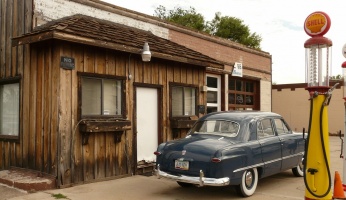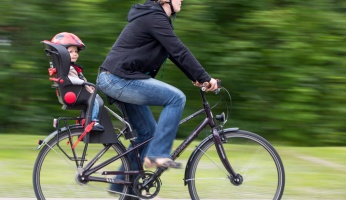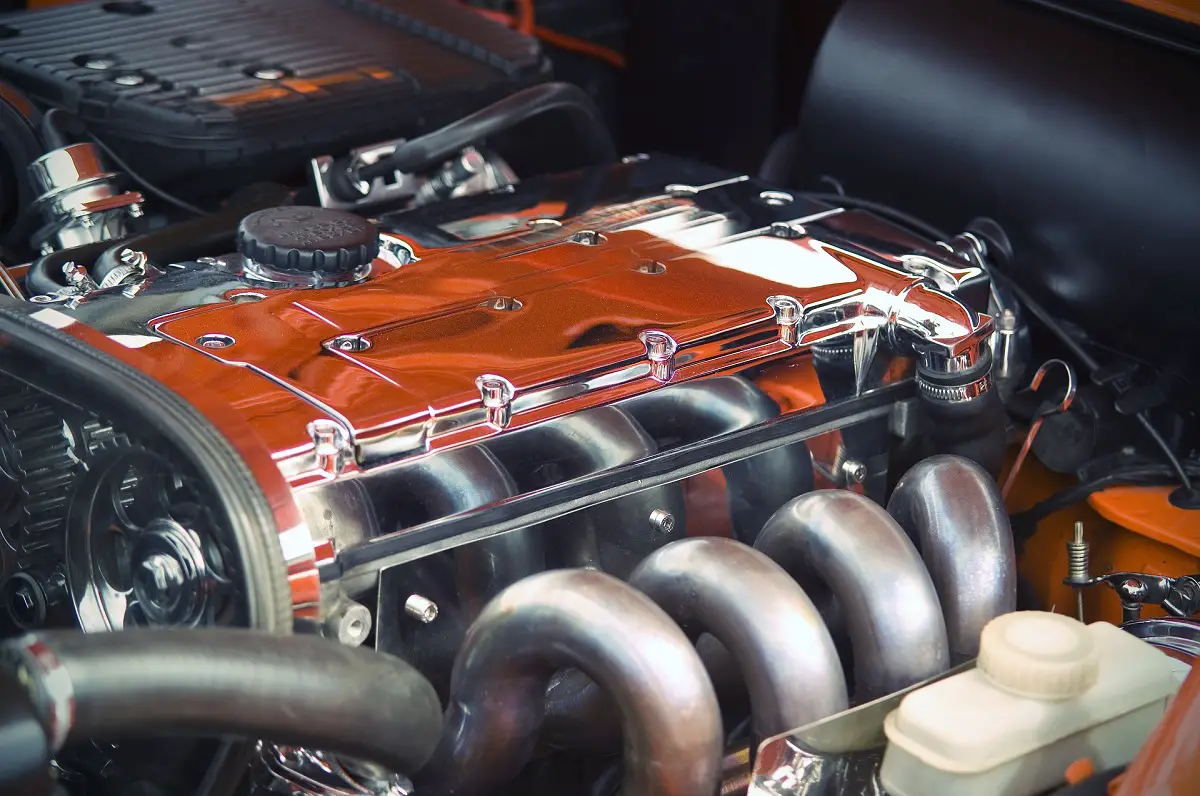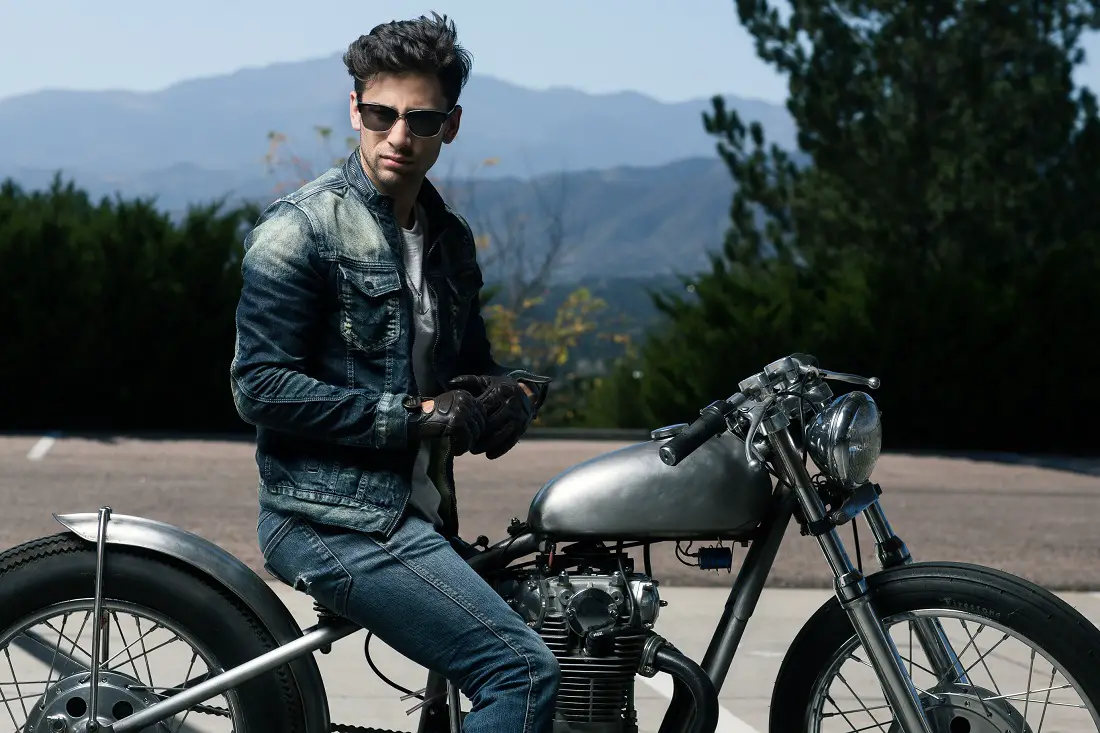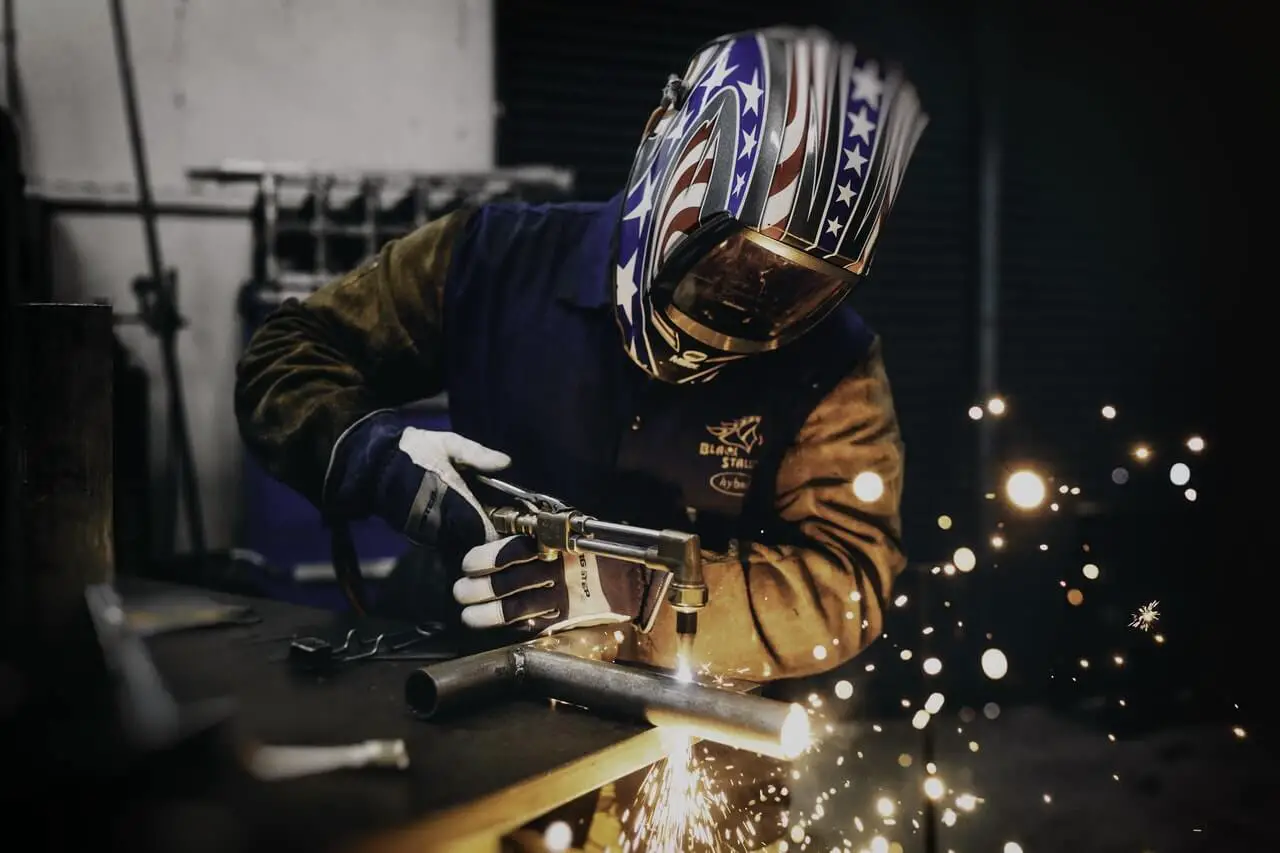Should You Ride Your Motorcycle In The Rain?
 Should You Ride Your Motorcycle In The Rain?
drivrzone.com
Should You Ride Your Motorcycle In The Rain?
drivrzone.com
There are two types of motorcycle riders, those that are comfortable riding in the rain, and those that accidentally get caught in the rain.
So in some way, the answer to the question “should you ride your motorcycle in the rain?” turns out to be, you don’t really have a choice. There are some places on the planet where rain is not common. And there are some places (even some here in the United States) called deserts where the unfavorable seasons, like winter, do not exist. But there’s always a chance of rain.
Even Phoenix, Arizona, sees nearly 40 days of rain per year, with upwards of 10 inches of that good ‘ol wet stuff. Phoenix is one of the hottest places in America, based on averages, and even there you can’t escape the fate of a moist ride when you set out on your motorcycle.
Plenty of people who love motorcycles migrate south to avoid those months where riding is impossible. Where I am, in Canada, there is a three month period that insurance is just burning money, so the majority of riders here will only buy eight or so months worth of insurance for the year.
But whether or not you’re planning on taking on the chore of riding in the rain, or you love it and can’t wait to get out there, the world of motorcycle riding accessories has your back.
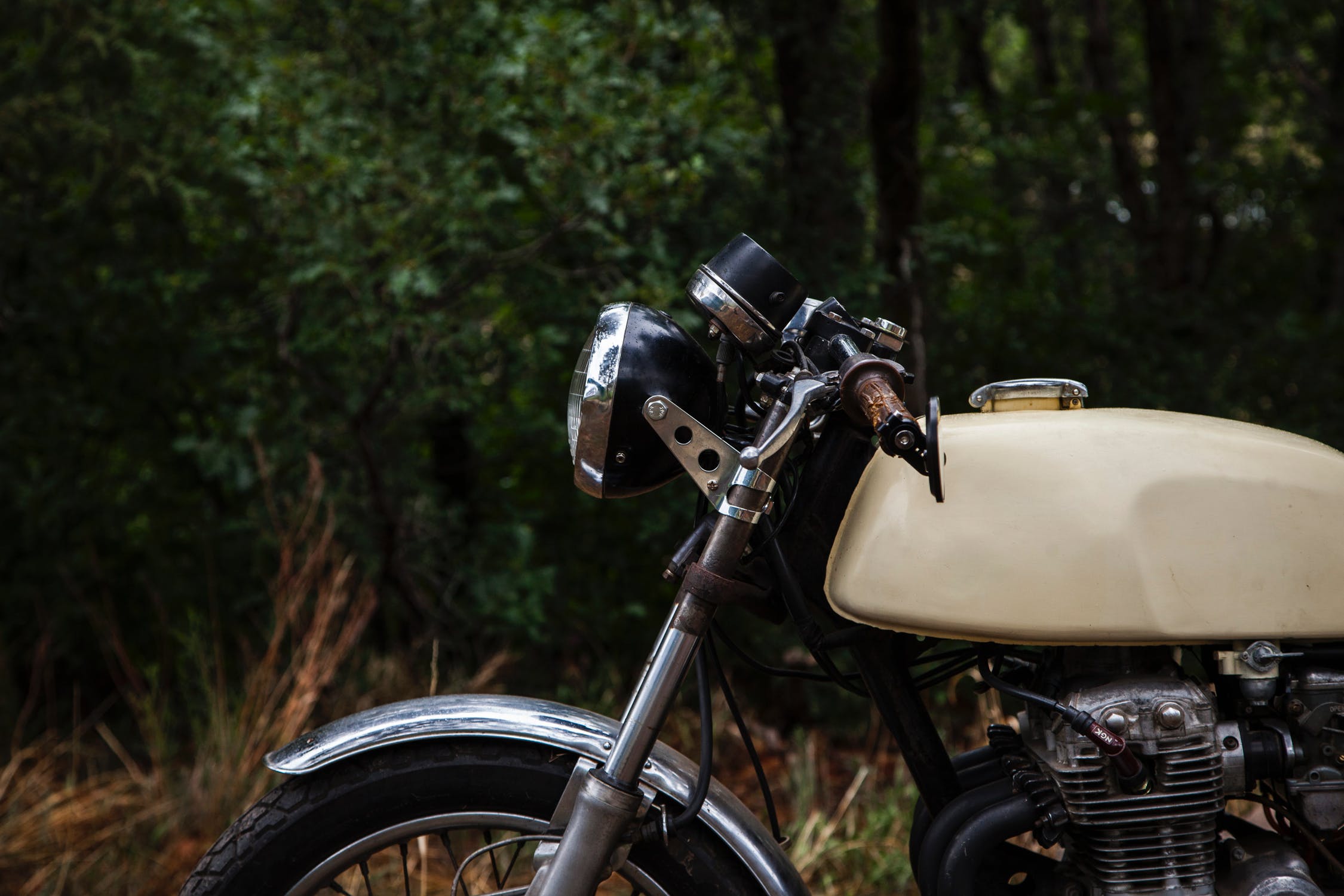
You shouldn’t fear the rain. Though, not many of us would hold it against you if you decided not to embrace it so much.
Unlike passenger vehicles, motorcycles are (for the most part) unable to hydroplane as easily. Four-wheeled vehicles are designed to disperse weight across all four tires, making none of them the bearer of the weight of the heavy vehicle. On a motorcycle, the tires are designed to sponge up as much of the concrete at a time, and the entire weight of the motorcycle and it’s pilot/carry-on are pushed down in a single line.
Tires are manufactured, and meticulously designed to separate friction obstructions from the equation. No matter what you drive or ride, there has been a lot of time and effort put into the creation of your tires in order to make them safer to use on wet streets. This is, of course, assuming that you’ve got any sort of modern tire, and that said modern tire isn’t worn down.
Before we get into the two obvious situations where riding in the rain is a real thing, let’s quickly run down the short list of reasons why you shouldn’t ride in the rain.
Don’t Ride If …
If you’re of the ilk that rides a tire until it’s near extinction, stay home (or wherever you are). There are recommended manufacturers timeframes that should absolutely be followed, but some do not. If you have tires on your motorcycle that do not have great tread, do not ride in the rain. Without going on a huge tangent about how unsafe you’re being by riding your tires beyond the point of suggested lifespan, let me just say that you should stop doing that. Get new tires. The quality of your life is worth the small amount of money that it will cost to replace them.
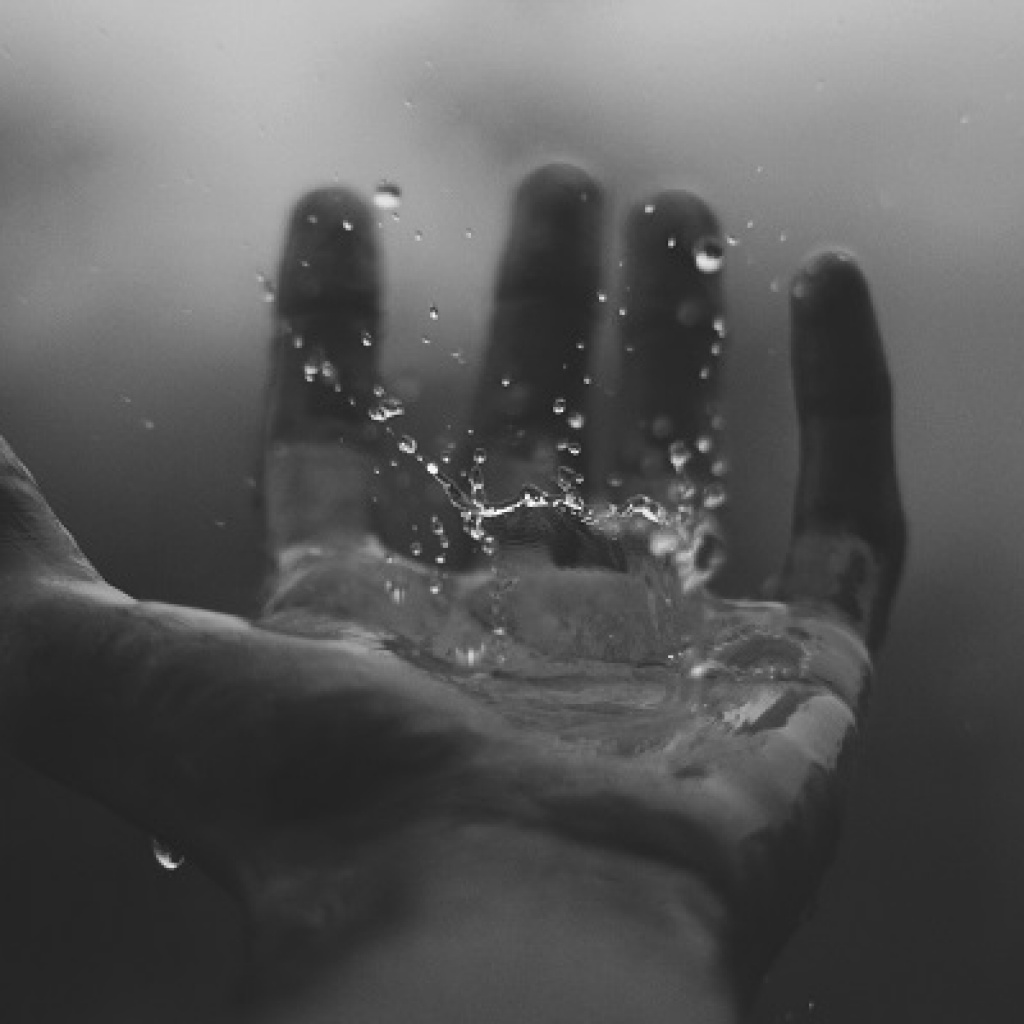
If there is a monsoon, don’t go for a ride. A gentle rain is one thing, but backups in sewage, or large standing puddles (let’s be honest, sometimes they can become lakes), are gigantic safety hazards and you do not want to try and pass through them, especially at high speeds.
If you live in an area where other patrons of the road are not very good at being safe in adverse weather conditions, you’re better off staying in the safety of indoors. Some places are notorious for drivers that cause a whole lot of trouble for others when the rain, or even the snow comes. If you’re in one of those places, and your fellow road users could be in a pool of less than optimal ability to drive safely, don’t join them.
If you’re allergic to water, don’t ride in the rain.
If you’re one of those riders that just can’t seem to drive at a legal pace, with safe and secure techniques, then do the rest of us a favor, and take the bus when the weather is off.
This is not to disparage anyone from riding in the rain at all. This is just a simple checklist of things that should be looked over if you ever come face-to-face with an opportunity, forceful circumstance or otherwise, to ride while precipitation falls from the clouds.
In addition, none of this speaks into strict contradiction to the original sentiment. There is no real reason why one should not ride in the rain. Yes, you should understand the difference that piloting on wet roads may bring to your normal structure of riding practices. But a deeper grasp of the properties of yourself, your vehicle, and your setting should never be a deterrent.
Again, don’t fear the rain. Train your skillset to be able to handle, and adapt to the weather effects that are presented to you.
In contrast, lots of motorcyclists will find an overpass to stop under, hang out, have a cup of coffee, all whilst awaiting the rain to blow over. No one will “think less of you” if you choose to wait out the rain. Because it changes the ride, and can add more stress to the situation. It takes a lot for the situation to become unrideable in the sum of all of its parts, but it can get harder to ride.
Perhaps the word “harder” isn’t right. Rather, describing it as different fits better. Your speed, your lean, your handlebar control, your braking, all of the pieces to the puzzle change their edges. Making them fit differently.

Riding In The Rain – Knowingly
There are a lot of things that one should do for the sole purpose of leaving the house knowing that you’re about to embark on an adventure in the rain. The biggest stuff is gear.
Whether you go the expensive route, or reach for the alternatively cheaper experiences, the keywords are waterproof, and water-resistant.
Waterproof is, on the surface, your absolute best bet. If you do not wish to feel a drop of water on your skin, or the clothes you’re wearing underneath your gear, then you can’t pick up any gear that is anything shy of waterproof. It does its name justice, no wetness will get through the materials.
Water resistant is, however, the better of the two options.
Guess what, you’re on a motorcycle. If you’re in the rain, chances are you’re going to get wet. Part of the joy (a lot of the joy) of riding is being out in the open. If you’re a person that does not like being exposed to the elements, get a car. That was harsh … let me try that again. Please, reconsider your mode of transportation.
Being that this exercise is one that requires a lot of physical work, we tend to get real warm when riding. There is no escaping it. Which is why a water-resistant top layer is the most recommended for your pleasure. While avoiding the drenching from falling rain, you can still have some air on your skin. There is a great chance that you won’t get home (or to your desired destination) dry, but you also will have avoided suffering the self-fueled sauna of a completely waterproof seal.
The importance of preparation is one that all motorcyclists should stress, no matter the weather.
Another key item would be footwear. Lots of high-quality motorcycle boots either come in a model that is also waterproof, or come standard as such. Even in the clear breeze, in hot weather, if you can only afford to have a single pair of riding kicks, get the waterproof ones. Out of all the parts of you that are the hardest to shake off when wet, the feet are high up there. A little dampness on your thighs will never compare to walking around with puddles strapped to your feet.
There is also a lot to be said for waterproof, or weatherproof luggage. If you’ve got onboard luggage like saddlebags or a pillion box, forking over a little bit more in order to get a waterproof version is a good idea.
However, if you can’t grab those safe cases, take a few of those grocery bags from your kitchen drawer, and throw those bad boys in your luggage. When you put something in your cases, or pick up something on your ride, put them in the bag, and tie them up.
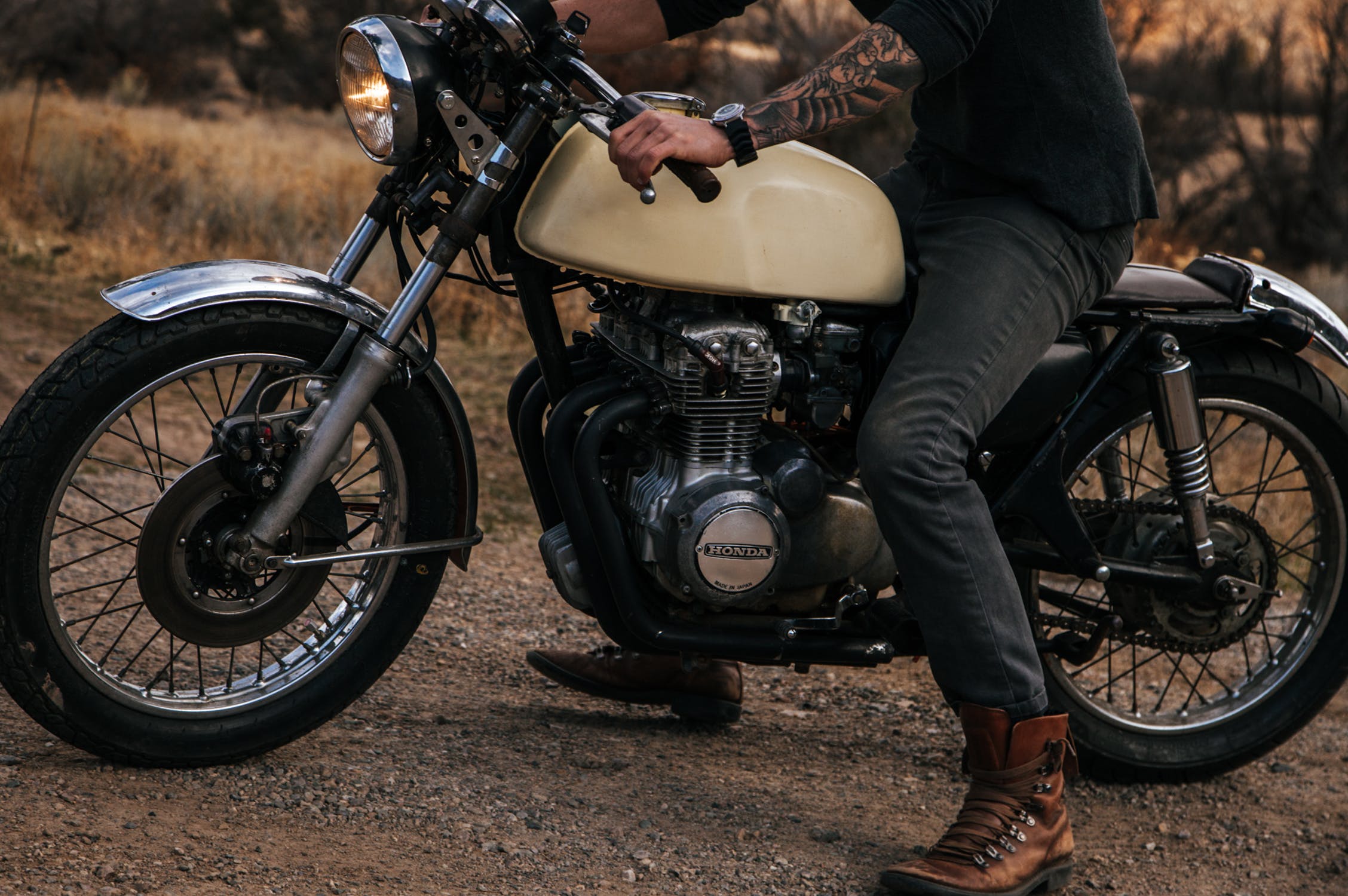
Accidentally Caught In The Rain
If you’re going for a trip–not just your simple to the grocery store and back–then you should have at least some of your onboard space dedicated to the chance that you might get caught out in the rain.
Be your own hero, and thrown a raincoat in your backpack, or saddlebag. Most outdoor stores or construction supply companies sell “over the pants” water-resistant layers that you can just slide over your riding jeans or leathers, to keep the water at bay.
In the same vein, there are a lot of different options for base-layers for your hands as well. Wet hands bring on cold bones (usually) with a wicked combination of wind, because you’re moving, and dampness. Having a quickly applicable waterproof adventure-type base-layer underneath your riding gloves could make you feel a lot better about continuing your ride.
Visors can also become an issue in when the rain hits your shield. We suggest that, as you should always be riding with clear or tinted glasses underneath your helmet (read our night riding article to catch some info on that), you lift your visor almost all the way up, creating a tiny little rain awning for your eyes. Though you will be blessed with the wind, wiping away the moisture from your vision, it’s not a guarantee, especially if you’re in city traffic. So lift that shield, and give yourself the clearest sight that you can.
Again, there is nothing wrong with stopping undercover, and allowing rain to pass. Unless you’re on a short time-frame. Then you better get to enjoying that weather.
Adjust Yourself
It has been mentioned in part throughout this article, that the approach to riding (or driving) needs to change in weather systems that are not basic, and dry.
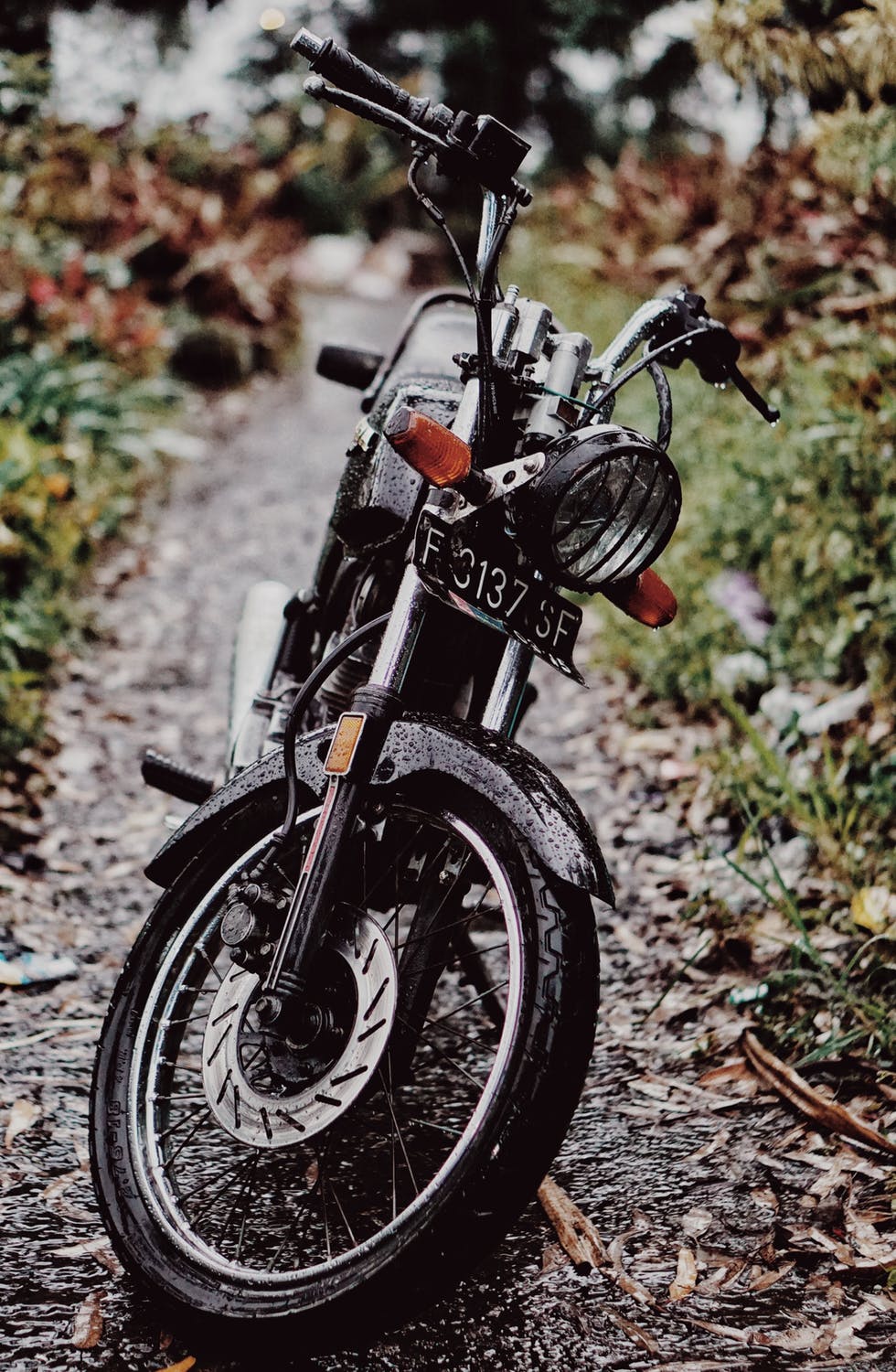
Even if you’re an extremely seasoned rider, there is an adaption to your normal technique that needs to happen when faced with any kind of change in road conditions. Drive slower, give more space, ensure better visibility, brake sooner, accelerate slower, etc. Many areas in cities around the world will have wheel divots in the pavement — evidence left over from the millions of vehicles that drive that route every day. Most teachers will instruct you to always try and ride in those dips within the pavement. Though water will collect in the lowest points, because other vehicles are driving these route, your other road users will clear the rain from those tire tracks.
Rain also does a horrible thing to the oils and gasoline that collects in the pavement over time. Becoming wet, in slight, can bring these slippery substances to the surface. Avoid rainbow-sheen slicks on the road as much as you can. You see, that’s the part that many don’t quite understand. The pavement itself, mixed with decent tires, gives you nearly the same amount of grip whether it’s dry or wet. It’s the other things on the roads that you need to be cautious of.
Avoid:
- center lane position – this is where the oil lives
- painted lines – these get slick in the rain
- puddles – for so many reasons
- curb-side lane position – for puddle reasons
Above all, with every new variable considered, you must be a better pilot in the rain than you are on dry pavement.
It’s a MUST. Be smart.
Sometimes, the rain is kind of nice. Often times, especially for us motorcycle riders, rain can suck. But you’d better buy a lottery ticket if you can manage to ride for your entire life without ever getting caught up in the tears of the sky. In some ways, the rain is helpful for riders. In places that see a collection of road dirt, and dust, precipitation can keep the dust down, and clear out most of the debris on the roads. A freshly dried post-rain road is going to be that path in its safest form.
Ride free, and ride safe.
Sources
- The Weather Network – Rain Map
- Popular Mechanics – Know Your Tires
- Ultimate Motorcycling – Riding Motorcycles in the Rain


